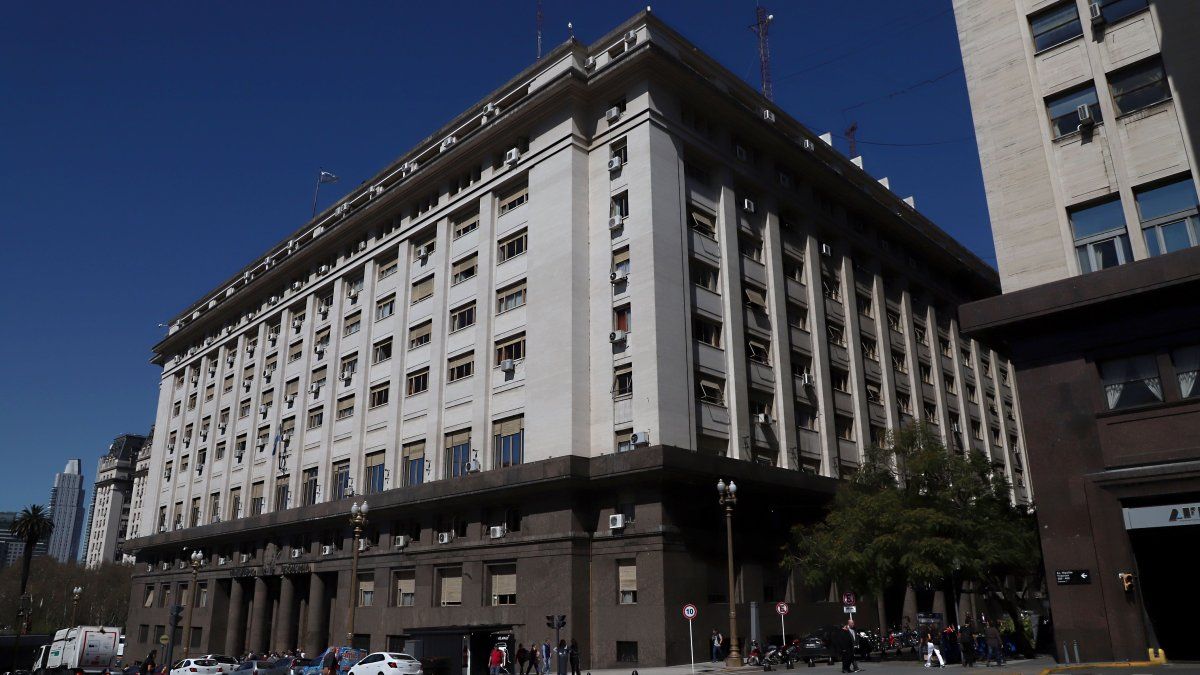Journalist: They used to be known as the Humphrey-Hawkins sessions. Today they have no name, but the job is the same. The head of the Fed testifies before Congress, visiting both chambers twice a year, in February and July. What conclusions can be drawn from his presentation? And from the answers to the legislators’ questions? Did anyone put you in a difficult position?
Gordon Gekko: No. Jerome Powell was very clear that he did not intend to give any clues about the Fed’s next steps. However, my impression is that he confirmed the central bank’s willingness to pivot and tackle rate cuts soon.
Q: In September? Or maybe earlier, at the rally at the end of the month?
GG: He did not talk about dates, he did not want to prepare us for anything in particular, nor did he suffer any harassment from the senators. The data for the first quarter was a shock. Unexpected. What the FED needs is more numbers like those for April and May. It does not need inflation to approach 2%. It will reduce rates sooner, because the risks are already balanced, after two years of adjustment.
Q: You pointed out that high inflation is not the only danger facing monetary policy.
GG: It is a repeated phrase, a refrain, in his last appearances. It has been a year since the Fed stopped raising interest rates. It has been a year since he thought that rates were on a pedestal suitable for inflation to land. The novelty in May was that the FED is not instigating the increase in long-term rates either. It communicated this indirectly when it sifted the pace of its balance sheet reduction. And now that it can show two good inflation readings – one acceptable, in April, but another excellent, in May – Powell tells us, and tells legislators (in an election year) – that all that is needed is a little more of the same to start lowering rates.
Q: But if the real economy weakens, the Fed may also decide to take that path.
GG: Powell was explicit. If the labor market deteriorates, if we see an unexpected weakening, he said, “we will also respond.” And the reason is that the Fed considers its policy to be restrictive, and that not relaxing it in time, or doing so insufficiently, can harm activity and employment unnecessarily.
Q: One would say that Powell has already decided what he needs to do, but he has not yet found the right moment to set the starting point.
GG: The Fed has had this movie in its head since December, when it included the rate cut in the map of points. March, with the rebound in inflation, was not the time. June was very risky, although in hindsight, no one would say today that it would have been a mistake.
Q: We haven’t seen the June inflation rate yet.
GG: Zero inflation in May, the slowdown in job creation and wage growth in June, and the rising unemployment rate, all of that would have made it appear at this point to be a wise, very insightful decision.
Q: If so, the first drop could come sooner than expected. Maybe on the 31st. Or not?
GG: Tomorrow (today) we will have the first reading, the change in consumer prices, for June. If the lull of May is repeated, July will sound like a possibility. But what we don’t know, because Powell didn’t give us any clues, is with what safety margin the FED wants to move.
Q: Officials say they need many more readings like the recent ones to be convinced to start cutting rates. How many more?
GG: We don’t know. Bad employment data, on the other hand, will be enough for them to make up their minds. And we will only have the July employment data after the FED meeting. My impression is that they will prefer to wait. Powell’s words, and the data on which they are based, are encouraging for the markets, and are enough to make them relax in advance. Thus, the central bank can take more time. The unemployment rate is rising slowly, but the employment rate remains stable. There is no deterioration in the labor market. It has cooled substantially, Powell dixit, but it is still a very robust market.
Q: Wall Street closed at new records after Powell’s remarks. We must understand that the chairman is excited by what he said.
GG: The stock market has been setting new records several times a week lately, without much concern for who is speaking or what the schedule is. In the first quarter, when inflation was out of control, it did rely on Powell’s calm vision and his call for patience. When the stars are aligned, it is easier to stick out one’s chest.
Source: Ambito




